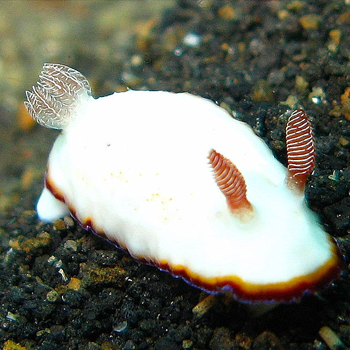Question #905a0
1 Answer
D) leaving group's dissociation rate from the molecule
Explanation:
I'll explain the possible choices and why they are important or not.
A) The nature of the leaving group is important. This is the substrate of the reaction, which is generally a haloalkane or an alkyl tosylate. Methyl and primary substrates will go through
B) The nature of the incoming group is important. This is the nucleophile of the reaction. Poor nucleophiles (e.g. water) cannot go through
C) Size of groups other than leaving or and incoming groups is important. Generally speaking, if you have hindered molecules (mainly tertiary substrates and nucleophiles), you will generally see elimination reactions rather than substitution reactions. Anything highly branched may not go through substitution reactions. Remember, this is dependent on the substrate and/or nucleophile.
D) Leaving group's dissociation rate from the molecule is NOT important. The rate determining step in
E) The nature of the solvent is important. The solvent can react with the substrate (i.e. hydrolysis or solvolysis). Water, as stated in B, will not go through

